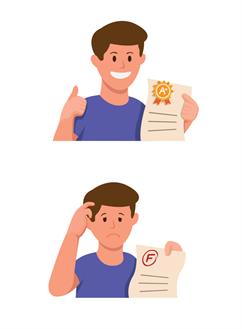- Adverbs are used before adjectives and other adverbs.

Their activities are highly suspicious. (adverb + adjective)

Not all students learn new material equally well. (adverb + adverb)

Lily is working well enough. (adverb + adverb)
- Adverbs of manner (how? well, quickly etc.) usually go
- after the verb -

Max sings well.
- after the verb and object (if there is an object) -

She learns everything quickly.
- Adverbs of frequency (how often? always, often, ever, never etc.) and some other adverbs (also, still, only, already, almost etc.) usually go
- after auxiliary verbs and the verb "be",
- before main verbs.

Max is always late.

Ann has never been to London.

I can also do it.

(+) He usually comes to work on time.
(-) He doesn't usually come to work on time.
(?) Does he usually come to work on time?
- Some adverbs of frequency (how often? usually, sometimes etc.) can also go at the beginning or at the end of sentences if you want to emphasize them.

Sometimes I get up early. or I get up early sometimes.
Atsauce:
Images: www.shutterstock.com